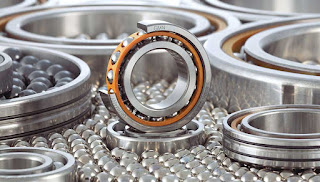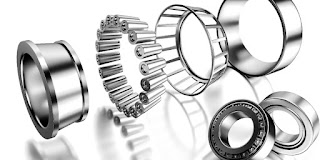In industrial applications, the ability to handle heavy loads is crucial for ensuring the smooth and efficient operation of machinery and equipment. One component that plays a significant role in this regard is the cam roller linear guide rail. In this detailed guide, we'll delve into the capabilities of cam roller linear guide rails and discuss whether they can effectively handle heavy loads.
Understanding Cam Roller Linear Guide Rails
Cam roller linear guide rails are precision-engineered components used in linear motion systems to guide and support heavy loads along a specified path. These guide rails typically consist of a rail or track and a series of cam rollers or bearings that run along the track.
Key Features of Cam Roller Linear Guide Rails
Robust Construction
Cam roller linear guide rails are constructed from high-quality materials such as hardened steel or aluminum, providing strength and durability to withstand heavy loads.
Smooth Operation
With their precision machining and high-quality bearings, cam roller linear guide rails offer smooth and consistent motion, even under heavy loads.
Low Friction
The design of cam roller linear guide rails minimizes friction between the rollers and the track, reducing wear and ensuring efficient operation, especially when handling heavy loads.
Can Cam Roller Linear Guide Rails Handle Heavy Loads?
High Load Capacity
Cam roller linear guide rails are specifically designed to handle heavy loads, making them suitable for applications where strength and durability are essential.
Load Rating
Manufacturers provide load ratings for cam roller linear guide rails, indicating the maximum load capacity that the rails can safely support. These load ratings ensure that the rails can handle heavy loads without compromising performance or safety.
Flexibility
Cam roller linear guide rails are versatile components that can be customized to meet specific load requirements, making them suitable for a wide range of industrial applications.
Benefits of Using Cam Roller Linear Guide Rails for Heavy Loads
Enhanced Stability
The robust construction and precise machining of cam roller linear guide rails provide stability and support, minimizing the risk of deflection or vibration under heavy loads.
Increased Efficiency
By reducing friction and providing smooth motion, cam roller linear guide rails contribute to increased efficiency and productivity in industrial processes involving heavy loads.
Longevity
The durable construction and low-wear design of cam roller linear guide rails ensure long-term reliability and performance, even in demanding environments.
Applications of Cam Roller Linear Guide Rails
Machine Tools
Cam roller linear guide rails are commonly used in machine tools such as milling machines, lathes, and machining centers to support heavy workpieces and tooling.
Material Handling
In material handling equipment such as conveyors, cam roller linear guide rails facilitate the smooth movement of heavy loads along specified paths, ensuring efficient operation.
Industrial Automation
Cam roller linear guide rails play a crucial role in industrial automation systems, providing precise motion control for heavy payloads in robotic applications.
Conclusion
In conclusion, cam roller linear guide rails are well-suited for handling heavy loads in various industrial applications. With their robust construction, smooth operation, and high load capacity, these guide rails provide stability, efficiency, and longevity in machinery and equipment.
Read Also...Elevate Efficiency with Double V Guide Wheel Bearings




